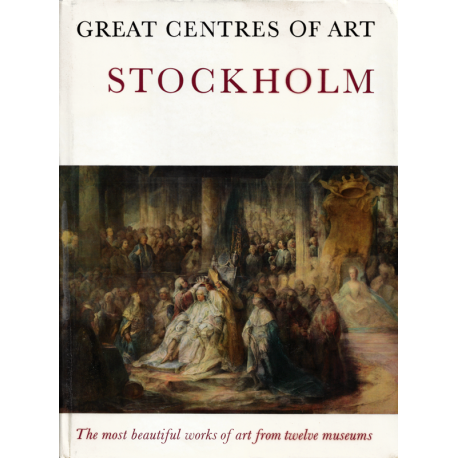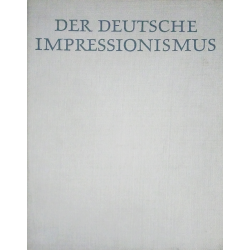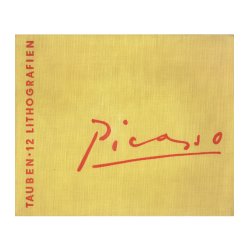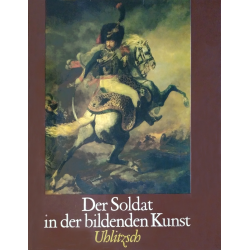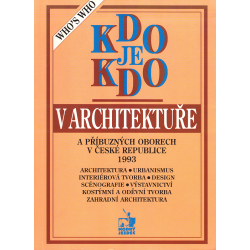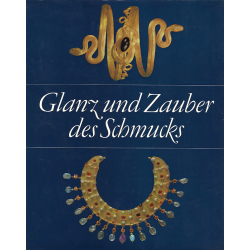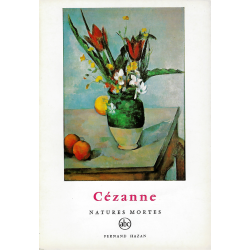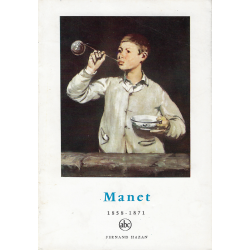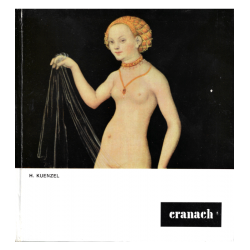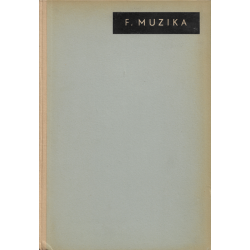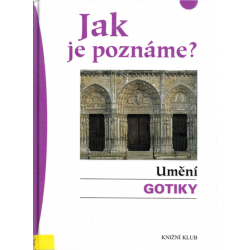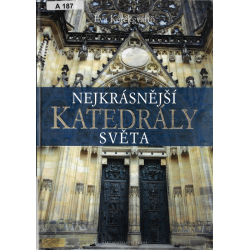Žádné zboží
Umění a architektura
- VŠECHNY KNIHY
- Beletrie
- Časopisy a noviny
- Cestopisy
- Cizojazyčné
- Divadelní hry, scénáře
- Encyklopedie
- Esoterika, mytologie, záhady
- Hudební a noty
- Komiks
- Křížovky a luštění
- Kalendáře, diáře, deníky
- Kuchařky
- Literatura faktu
- Náboženské
- Odborné, naučné a příručky
- Obrazové publikace
- Odpočinkové čtení
- Poezie
- Slovníky
- Učebnice
- Umění a architektura
- Vzpomínkové
- Zdraví a nemoci
- Životopisné
- BAZAROVÉ ZBOŽÍ
- CD a DVD
- ZNÁMKY A FILATELIE
- PRODÁNO
Prohlédnuté zboží
-

Great Centres of Art:...
The most beautiful works of art from...
Naše recenze z nákupního portálu

26.11.2025





Jsem spokojená.
10.10.2025





Rychlost dodání
Slabiny:
Žádné
22.04.2025





Ke knížce o Švýcarsku byla přiložena mapa Bernu, o kterou mi vlastně hlavně šlo a kterou jsem nemohla nikde jinde sehnat. Děkuju.
06.04.2025





Naprosto spokojen rychlé doručení zboží kvalita knihy potvrzena férová cena.
14.03.2025





Velmi rychle,slusne jednani.
16.09.2024





Velmi peclive zabalena zasilka :-)
Great Centres of Art: Stockholm
09100A3
použité
1 ks
The most beautiful works of art from twelve museums.
Skladem
Podrobnosti
| Hmotnost | 1734 g |
| Jazyk | anglicky |
| Kontrola úplnosti knihy | kniha je kompletní, nechybí žádná stránka |
| Místo vydání | Leipzig |
| Počet stran | 64 stran textu a 167 stran vyobrazení |
| Poznámka | Kniha vyřazena z knihovního fondu (obsahuje evidenční čísla, polepy, stopy po polepech a razítka knihovny) |
| Rok vydání | 1969 |
| Stav | nažloutlý přebal s drobnými opotřebeními, jinak pěkně zachovalá |
| Vazba | vázaná (pevné desky) |
| Vydavatel | Edition Leipzig |
Popis
The early history of the present-day museums in Stockholm was determined primarily by the kings of the house of Vasa. With a collection of paintings originally quite small, Gustavus Vasa, founder of the Swedish state, himself laid the foundations of the later royal collections, which particularly under Gustavus II Adolphus and his daughter Christina, also a keen patron of the arts, were added to from the spoils of war, but also to an increasing extent by discriminating purchases abroad. Much that was acquired at this time was later lost to Sweden when, on her abdication, Christina took with her to Rome an extensive selection of the best and most valuable works of art.
It was Carl Gustaf Tessin, adviser to Queen Lovisa Ulrika and King Gustavus IV, and himself a passionate private collector, who was responsible for determining which additions were made to the royal collections at the beginning of the 18th century.
Even at this early date foreign visitors, "persons of rank" and members of the Academy of Art were granted access to the collections in the royal household, and in 1794 the Royal Swedish Museum was opened to the public "for the benefit and honour of the country." Thus Sweden, with Italy and France possessed one of the first art collections in the world that was open to the public, most of which can be seen today in the National Museum.
In the 19th century, as the result of the work carried out by scholars interested in the national heritage and early history of their own country, the Museum of National Antiquities and the Nordic Museum, together with the interesting open-air museum of folk-lore at Skansen, were developed.
Close links between museum and royal household can be seen in the collections of the Royal Armoury and the Royal Palace Museums.
Seven of the museums of art in Stockholm date from the present century. Four of these were originally the private foundations of artists and collectors: Waldemarsudde, which contains Prince Eugen's own paintings as well as his collection of works by other artists; Millesgarden; the Thiel Gallery and the Hallwyl Museum. The Museum of Far Eastern Antiquities houses rich examples of Chinese ceramics and a collection of early Chinese bronzes unique outside Asia. The Maritime Museum is a reminder of the great days of Swedish sea-faring, and the nearby Vasa dockyard exhibits the man-of-war "Vasa," which, sunk in Stockholm harbour in 1628, was salvaged in 1961.
In 1958 the Museum of Modern Art was formed from modern works of art taken from the National Museum together with representative new acquisitions to exhibit international and national art from the turn of the century onwards, and although of such recent origin, the museum is able to present a survey of the most important movements throughout the field of modern art.


